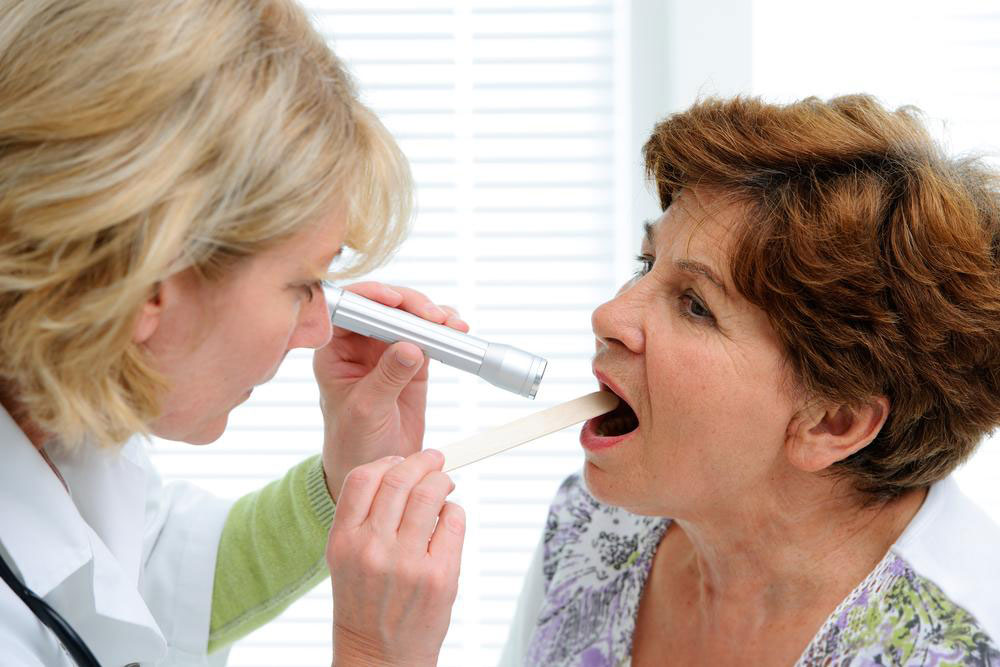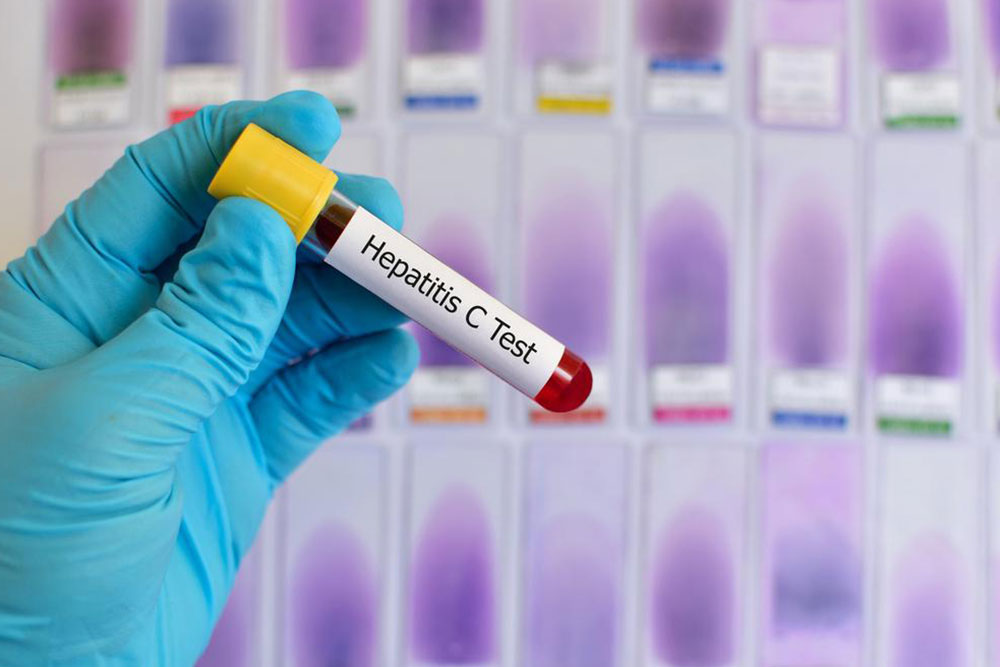Recognizing Symptoms of Oral HPV-Related Cancer
This article discusses the common symptoms and early warning signs of oral HPV-related cancer. It emphasizes the importance of timely diagnosis and treatment, highlighting symptoms like persistent mouth sores, color changes, swollen tonsils, and pain while swallowing. Recognizing these early indicators can lead to prompt medical attention, improving outcomes. Understanding HPV's role in oral cancers is crucial for sexually active individuals to take preventive measures and seek early intervention. Regular dental check-ups are recommended for early detection of abnormal changes in the mouth or throat tissues.

Recognizing Symptoms of Oral HPV-Related Cancer
Human papillomavirus (HPV) is one of the most prevalent sexually transmitted infections, impacting sexually active individuals worldwide. With over 100 identified HPV types and around 40 subtypes, the virus can infect the genital or oral regions. It spreads primarily through skin-to-skin contact, notably via oral sex. While HPV infections can often resolve on their own, high-risk strains are linked to certain cancers, including oral HPV cancer.
Early symptoms of oral HPV cancer can be subtle or absent, leading many to overlook the condition. The main identifiable sign is usually the presence of warts in the mouth or throat. As the infection progresses into cancer, more prominent symptoms emerge, particularly when the cancer develops in areas such as the tongue, tonsils, or pharynx.
Prompt diagnosis and treatment are vital for managing oral HPV-related cancers. Watch out for these early indicators that warrant a medical consultation:
An ulcer or sore in the mouth lasting over 2-3 weeks, which might be a warning sign of HPV-associated cancer.
Noticeable color changes in the tongue or other mouth tissues, such as red, white, or black patches.
Swelling of the tonsils that causes difficulty swallowing, often accompanied by pain or a sensation of something stuck.
Uneven swelling or asymmetry in the tonsils, indicating possible malignancy.
Pain while swallowing or chewing that persists or worsens.
Additional symptoms include persistent sore throat, swelling or lumps in the mouth, numbness in lips or mouth, and coughing.
Note:
Our blog provides diverse and practical health information. While the content is based on research and current data, it should not be viewed as a definitive diagnosis. We disclaim responsibility for discrepancies or inaccuracies and note that some offers or schemes mentioned may vary or be unavailable in certain regions.










